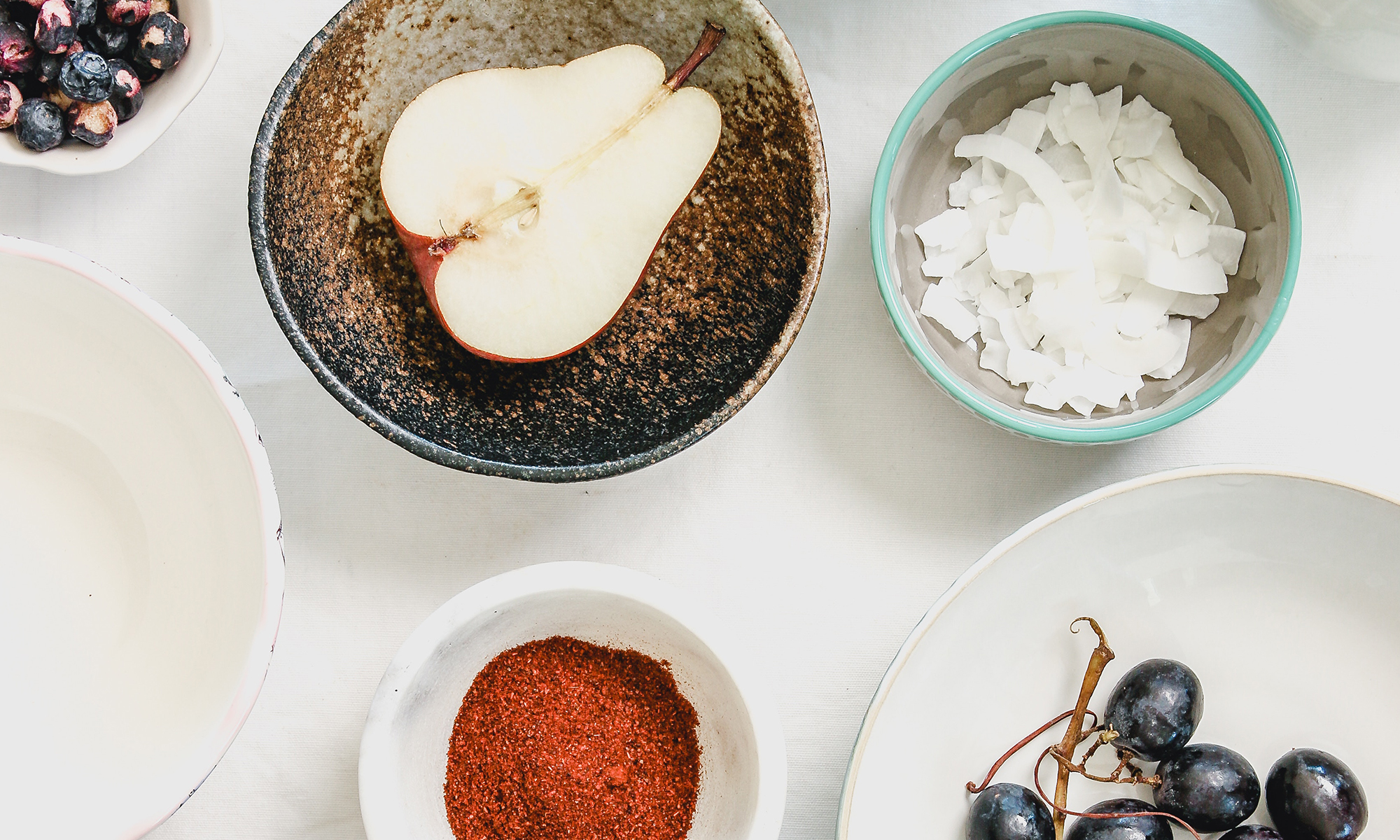My favorite produce market has begun stocking its aisles with little seedlings. I couldn't help myself, and loaded up my cart with the first of the summer/fall crops – leeks, broccoli and Brussels sprouts.
But before I can get these plants into the garden, I have to prepare the vegetable beds. There's not much left from last summer, just a few haggard leeks that survived the cold winter.
I harvest those, and then with a garden shovel, I turn the soil. I break up clumps of matted down dirt and pull out tangles of old roots that may interfere with the new plants. Once the soil is aerated, I mix in compost.
I didn’t have enough leeks for a side dish, so I opted for a little “vichyssoise” sauce for roasted halibut. I prepared a basic vichyssoise with less chicken stock and some asparagus stems. I added spinach for a bright green pop of color, and sautéed morels to bring out the sweet earthiness of the fish.
Roasted Halibut with Asparagus and Morels
2 halibut fillets
1 tbs. butter
1/4 pound fresh morels
1 small shallot, peeled and diced
2 garlic cloves, peeled and minced
1 tsp. fresh thyme
1/4 cup red wine
1 tbs. canola oil
1/4 cup red wine
salt pepper and lemon juice to taste
Asparagus Sauce
1 1/2 cups chicken or vegetable broth
1 tbs. butter
2 small leeks, chopped
1/4 cup potatoes, diced
1/4 cup white wine
14 asparagus spears, trimmed, tips reserved
1/2 cup spinach
salt and pepper to taste
1. Make the sauce: Heat butter in a small pot. Sweat leeks and potatoes. Add asparagus (except reserved tips), white wine and chicken broth. Simmer, covered for 15 minutes or until asparagus and potatoes
are tender.
2. Put spinach in the bottom of a blender. Pour the sauce base into blender
and puree. Season to taste with salt and pepper (and a spot of cream too)
3. Season halibut with salt and pepper.
4. Heat a large skillet over medium high flame. Add 1 tbs. butter. When melted, add the morels, shallots, garlic and thyme. Season with salt and pepper. Cook for 2 minutes without stirring. Stir a little and then continue cooking for a few minutes more. Add the red wine, and continue cooking until almost all the liquid has evaporated. Set aside in a warm place.
5. Heat a second large skillet over high heat. Add canola oil. Pat fish dry and gently press into the pan. Cook for 5 minutes on the first side or until golden brown. Turn over, turn heat to medium and cook for 2 minutes more. Remove fish from pan.
6. Serve halibut with sauce, morels and steamed asparagus.











